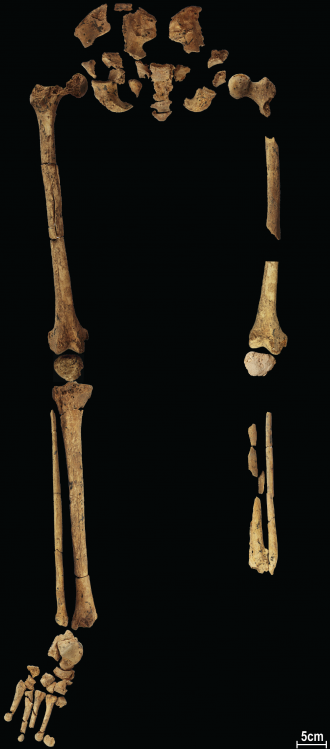Media release
From:
Aussie and Indonesian archaeologists have discovered what is believed to be the earliest known evidence of surgery. The team unearthed the skeletal remains of a young hunter-gatherer whose lower left leg was amputated by a skilled prehistoric surgeon 31,000 years ago. The discovery is thought to be the earliest known evidence for a complex medical act, pre-dating other instances of stone age ‘operations’ found at sites across Eurasia by tens of thousands of years.
Speakers:
- Dr Tim Maloney is Research Fellow at the Griffith University, Centre for Social and Cultural Research, Australia
- Prof Maxime Aubert is an archaeologist and geochemist in the School of Humanities, Languages and Social Science at Griffith University, Australia
- Dr India Ella Dilkes-Hall is an archaeologist, archaeobotanist and Forrest Prospect Fellow at the University of Western Australia
- Associate Professor Renaud Joannes-Boyau is the Head of Geoarchaeology and Archaeometry Research Group at Southern Cross University
- Adhi Oktaviana is a PhD candidate with Griffith University
Date: Wed 07 Sep 2022
Start Time: 10:00am AEST
Duration: Approx 45 min
Venue: Online - Zoom
Multimedia







 Australia; QLD
Australia; QLD


